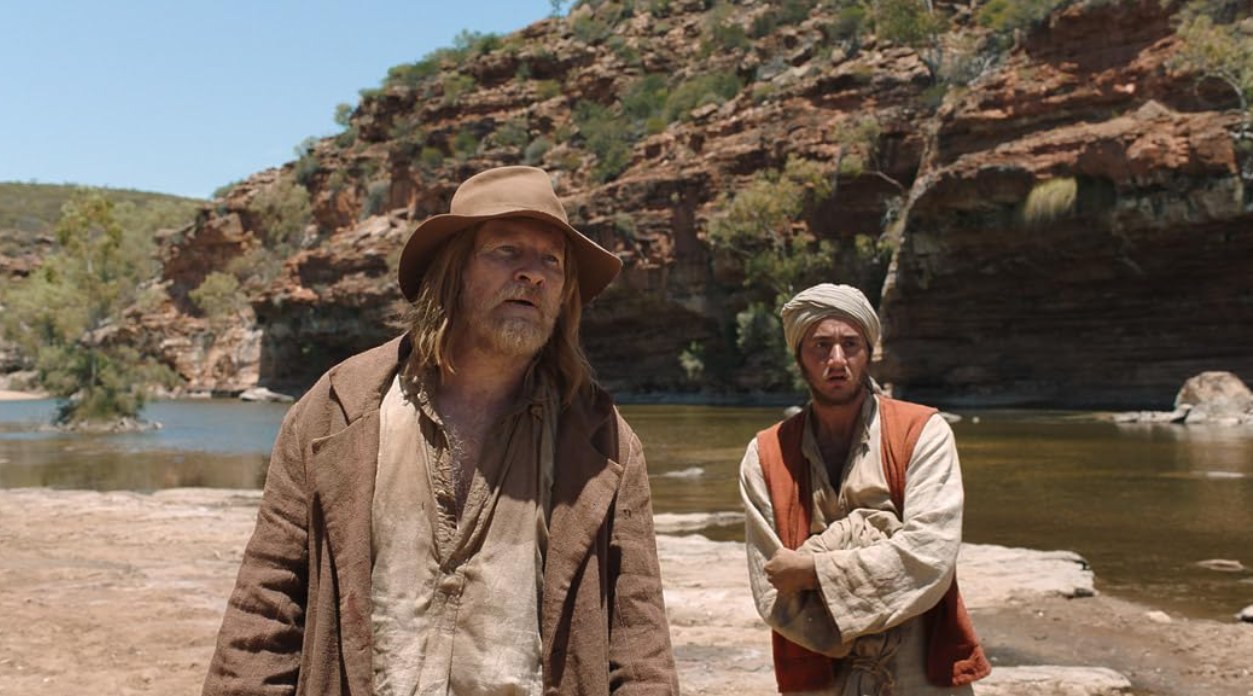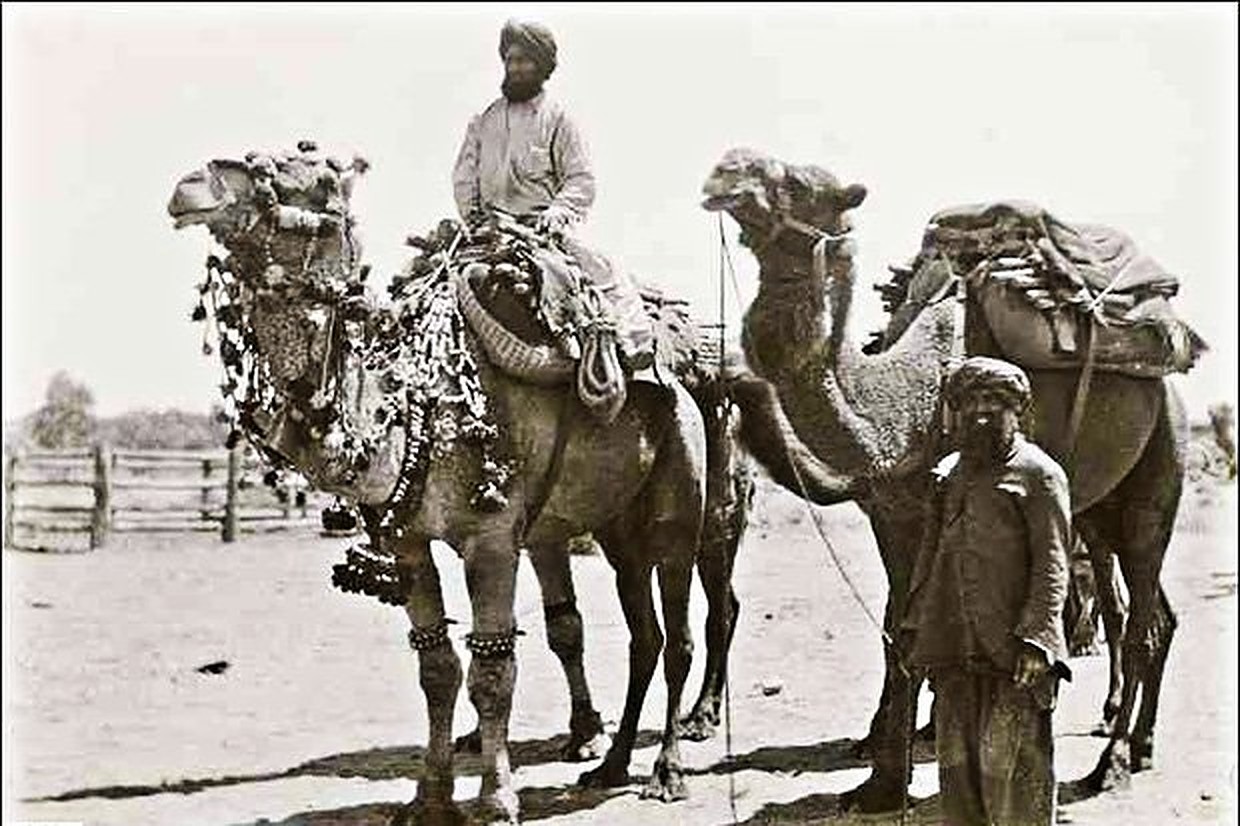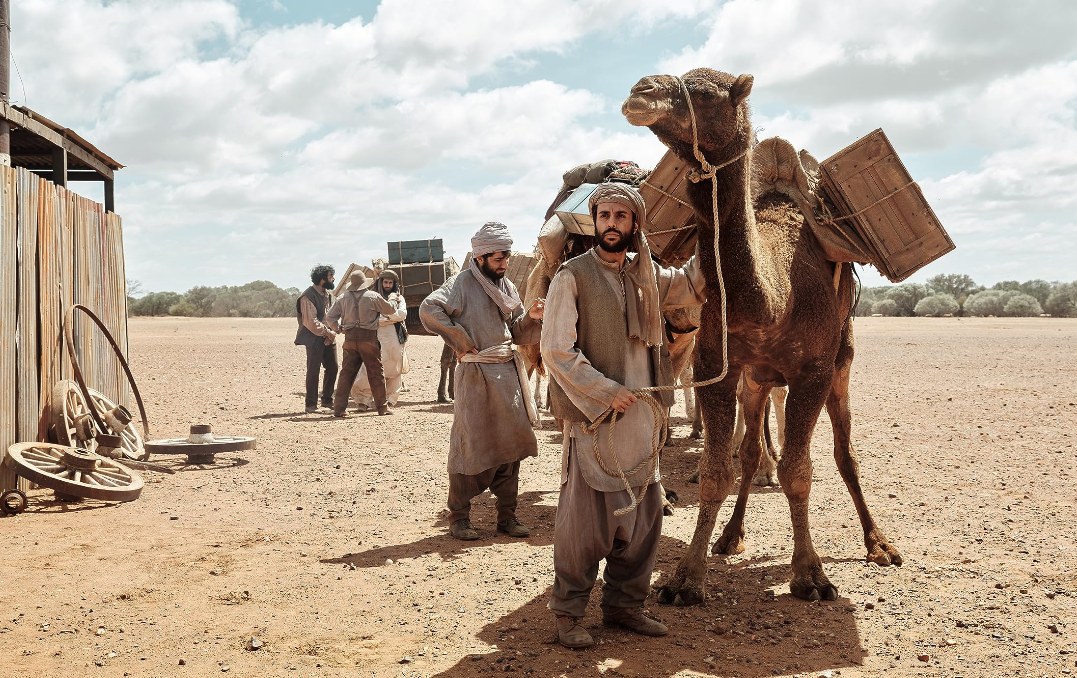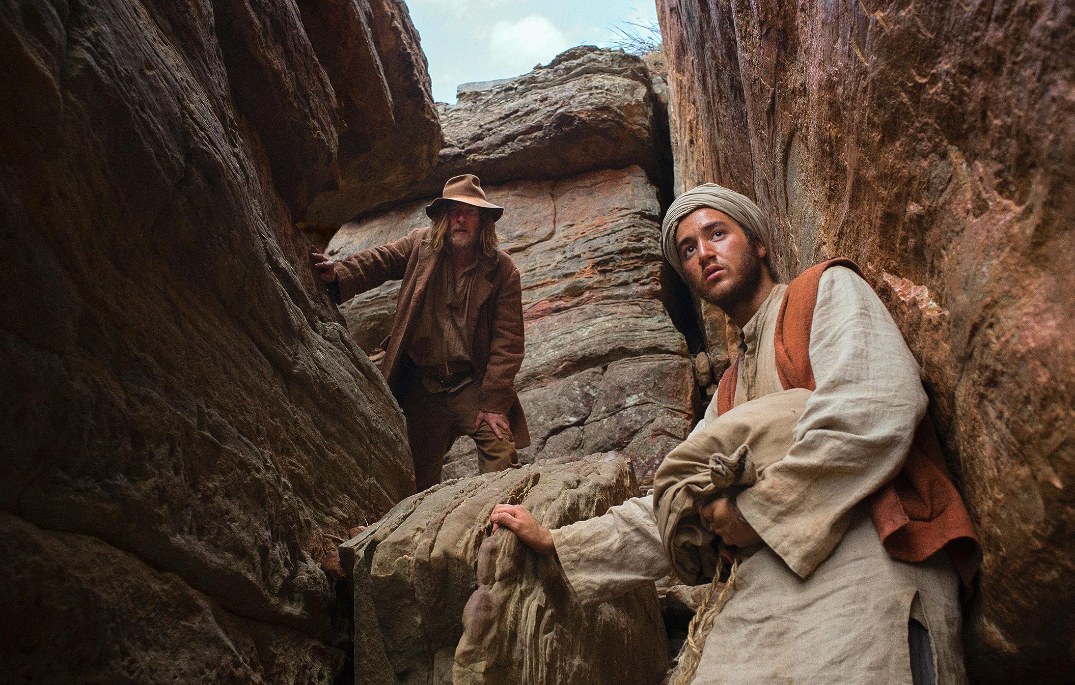Roderick MacKay’s 2020 directorial ‘The Furnace’ is an adventure drama movie that transports the audience back to the 1890s. In the Western Australian outback, Hanif is an Afghan cameleer who loses his friend in a racist attack. As he wishes to leave the lawless land and return home, he crosses paths with Mal, a toughened bushman on the run who possesses two stolen Crown-stamped gold bars. In return for the remaining gold scraps, Hanif agrees to help and accompany him to a place called “the furnace,” where such stolen gold can be melted down to remove the Crown stamp.
As the two men chart a dangerous journey across the rough Australian terrain, they are chased by corrupt law officials headed by the bloodthirsty Sergeant Shaw. Now, Hanif and Mal must use their brains and brawn to overpower the dangers their way and reach their destination. Featuring a stellar cast ensemble comprising Ahmed Malik, David Wenham, Baykali Ganambarr, and Jay Ryan, the historical drama movie presents an authentic and detailed portrayal of the Australian landscape in the late 19th Century. Naturally, this makes one curious if ‘The Furnace’ is based on actual people and true events. Well, let’s find out, shall we?
The Furnace is a Semi-Fictional Story
‘The Furnace’ is partially based on a true story. The movie’s riveting narrative is the genius of Australian director Roderick MacKay, who penned the screenplay based on a lengthy period of extensive research. While the protagonists and their situation of being on the run with stolen gold may not have existed in reality, the movie does explore a lesser-known chapter of Australia’s rich history — Afghan cameleers who migrated to the country during the early Colonial settlements. The idea to tell the story of this neglected part of Australian culture came to MacKay in 2014 when he was researching the Gold Rush of the 1800s.

The Australian Gold Rush commenced in February 1851, when gold prospector Edward Hargraves discovered gold in Orange, a city in New South Wales. Subsequently, more abundant sources of gold were found all over the region, leading to countless prospectors arriving from all over the world to exploit the same and become rich. Nevertheless, Mackay shared in a November 2020 interview with Perth Festival how he stumbled upon a startling photo of turbaned men while studying the Gold Rush, which led to him writing ‘The Furnace.’
The filmmaker said, “In 2014 while researching a different project, I stumbled upon what seemed like the most unlikely of images – Afghan, Indian, and Persian men wearing traditional garb, standing alongside a train of camels, but in the familiar Western Australian outback. Having lived in Australia my entire life, I was stunned to learn that these Islamic, Sikh, and Hindu men had come to Australia as early as the 1860s as cameleers. For me, it was like a painter discovering more colors to depict the otherwise tired colonial outback setting.” Fascinated by who those men were, he began digging deeper into his research.

“Amongst what little material was available, I came to learn that the ‘Ghans,’ as they were incorrectly labeled, played a critical role in the formation of not just Western Australia but also the Nation…Horses and donkeys were not up to the task of navigating the vast and inhospitable Australian desert, so the cameleers and their camels provided the main source of freight and exploration, providing a lifeline between the colonies and settlements that sprung up around gold discoveries. Most fascinatingly, they often formed bonds with Aboriginal language groups, drawing on their deep knowledge to navigate the desert,” elaborated MacKay.
However, the filmmaker eventually learned that despite being pivotal in the country’s early development and transportation, the cameleers were subjected to racism and exploitative labor in Australia. On top of it, he was stunned that despite the high value, their stories weren’t mentioned in any history lessons in schools or educational institutions. MacKay divulged, “I was astonished that this remarkable history wasn’t more known and, given its inherently cinematic qualities, how it hadn’t found its way to the big screen. There and then, I committed myself to the task.”
To ensure accuracy in the script, MacKay spent six years extensively reading up as much material as he could in an almost thesis-like manner. This included books by authors and historians such as Hanifa Deen and Emeritus Professor Geoffrey Bolton. Moreover, the director hired a slew of Muslim, Sikh, and Indigenous consultants, including Harjit Singh from the Australian Sikh Heritage Association. The consultants worked for almost two years with him to get the cultural nuances correctly in his story. According to MacKay’s research, the Sikh cameleers were natural community leaders and often led camel trains in early Colonial Australia.

MacKay worked meticulously with several language consultants like Godfrey Simpson and linguist James Bednal to authentically recreate the several languages showcased in the film, particularly the almost extinct Badimaya language of the Aboriginal tribes. In another interview with SBS Punjabi, the filmmaker also affirmed that though the tale of Hanif and Mal may be fictional, the severe violence depicted in the movie, especially in the prologue, is based on first-hand accounts that happened over several years in 19th Century Australia.
Revealing his intention behind picking such a topic for his movie, MacKay added, “For the Australian audience, it is important to acknowledge and recognize this history – that all kinds of people were present at the frontier, and they played an important role in the formation of the country. There were many religious, cultural, and ethnic groups – they were in the outback amongst convicts, slave labor, and the colonial class…This is a film that can bring us closer together even though there are many confronting truths in it.” As stated by its director, ‘The Furnace’ is evidently a semi-fictional tale about a genuine part of Australian history that mixes fact with dramatic elements to create respect for diversity.
Read More: Most Historically Accurate Movies


You must be logged in to post a comment.